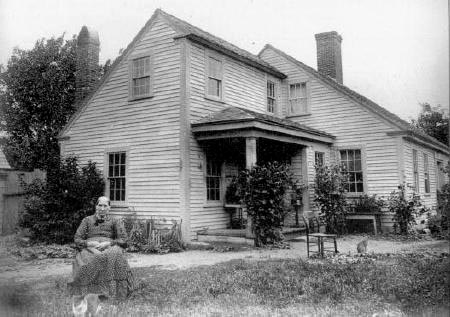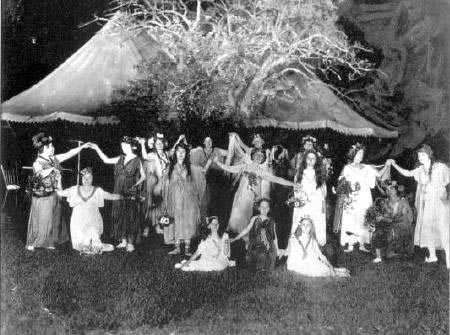| Eliot Maine |
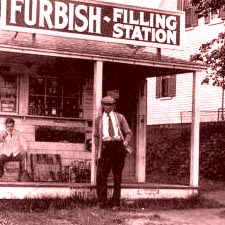
SEACOAST BOOKS
The latest in the Arcadia "Images of the Past" series takes on the quiet Maine community that stretches along the Piscataqua River border with New Hampshire. These are pictures – 200 in all – that few have seen and have never been collected in published form.
READ ALSO: Going Crazy in Portsmouth
I see Eliot out my kitchen window from New Hampshire. At night the setting sun lights up the marina on the Eliot side of the river. It is a lovely way to end each day.
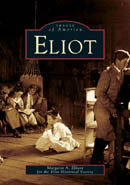 But I cannot say I know much about Eliot, the town. It is my theory that, unless you live there, Eliot is a hard town to know. Those who use Route 236 traveling from Kittery to the Berwicks see little of the flat rural town. To the uninitiated the town center seems pulled apart like soft dough over an extended country road. The river appears and disappears along some lovely bike-riding roads. Even though Eliot has been "discovered" by those seeking more affordable housing outside Portsmouth, it appears still unspoiled.
But I cannot say I know much about Eliot, the town. It is my theory that, unless you live there, Eliot is a hard town to know. Those who use Route 236 traveling from Kittery to the Berwicks see little of the flat rural town. To the uninitiated the town center seems pulled apart like soft dough over an extended country road. The river appears and disappears along some lovely bike-riding roads. Even though Eliot has been "discovered" by those seeking more affordable housing outside Portsmouth, it appears still unspoiled.
This book shows us a more cohesive Eliot, a town with a long and surprisingly interesting history. The author spent a year working on the book that will be used as a fundraiser for the fledgling Eliot Historical Society.
"Before I began the project I knew very little about Eliot history," Margaret Elliott confesses, which seems especially surprising considering her surname. She was surprised to see how deeply Eliot had been involved in the 19th century shipbuilding, one of its lost industries. Sadly, there are few images of this era to display.
Like other Arcadia books, readers must glean their content entirely from the captions of exactly 200 photographs. This always makes it difficult to include detail about eras before photography. There is no chronological history text here, but we can assume much more will be coming from the evolving Eliot Historical Society.
We cannot say it is a busy town. Residents are still talking about the arrival of Japanese visitors in 1905 to this almost entirely Ango-town with a population of about 3500 residents. The presence of the century-old Baha'i School at Green Acre makes for an intriguing contrast to the Yankee farming community.
This is a cheerful mix of people photos, architecture and industry, especially the railroad and streetcars that once linked Eliot to the rest of the universe. There is a lot of variety here and a good introduction, for those of us who simply pass by. --- JDR
Eliot
By Margaret A. Elliott
Images of America Series
Arcadia Publishing
128 pages
$19.99
BUY this book from the publisher
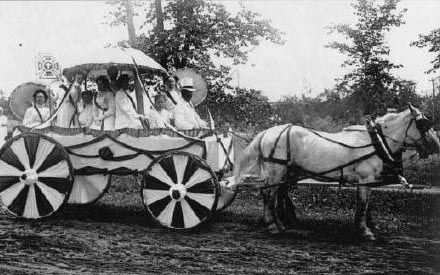
From the Publisher: Eliot’s founding fathers came to Maine in search of prime fishing waters and abundant forests. Settlers traveled up the Piscataqua River for commercial purposes in the 1600s. Eliot evolved as a strong community dedicated to innovation, education, and the preservation of the town’s early history and traditions. Citizens excelled as farmers, shipbuilders, and brickmakers. Gristmills and most sawmills of the past gave way to latenineteenth-and early-twentieth-century vacation cottages, summer camps for both children and adults, and the cultural oasis of the Baha’I community. Renowned citizens have included war heroes, entrepreneurs, a prolific inventor, and a governor. Eliot tells the story of the growth of this historic Maine town through nearly two hundred vintage photographs.
About the Author: Librarian Margaret A. Elliott is an Eliot resident and a member of the Eliot Historical Society. She has gathered the images Eliot from private collections, historical society archives, and collections housed at the William Fogg Library.
